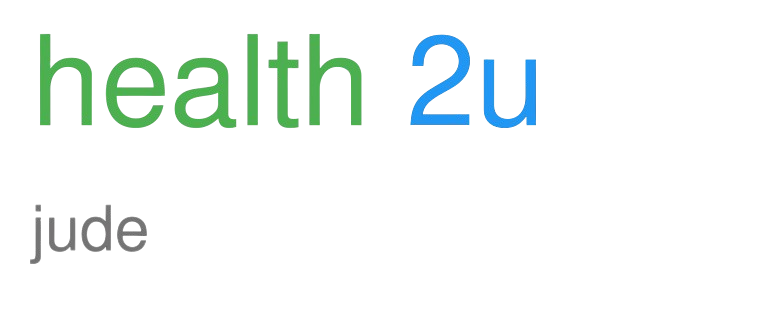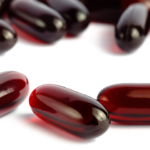FitnessNeDemek: Your Guide to Fitness Vocabulary
Navigating the world of fitness can feel overwhelming, even for seasoned athletes. The sheer volume of jargon, acronyms, and specialized terminology can be daunting. This comprehensive guide breaks down common fitness terms, helping you decipher the language of health and wellness.
Understanding the Basics:
-
Aerobic Exercise: Any activity that increases your heart rate and breathing for a sustained period. Think running, swimming, cycling. Improved cardiovascular health is a key benefit. Key terms associated with aerobic exercise include:
- Cardio: Short for cardiovascular exercise.
- Endurance: The ability to sustain physical activity for an extended period.
- VO2 Max: The maximum rate of oxygen consumption by the body during intense exercise; a key indicator of cardiovascular fitness.
- Steady-State Cardio: Maintaining a consistent heart rate and intensity throughout a workout.
- Interval Training: Alternating periods of high-intensity exercise with periods of rest or low-intensity exercise. HIIT (High-Intensity Interval Training) is a popular example.
-
Anaerobic Exercise: Short bursts of intense activity that don’t require oxygen for energy production. Weightlifting and sprinting are prime examples. Key benefits include increased muscle strength and power. Related terms:
- Strength Training: Exercises designed to increase muscle mass and strength.
- Power Training: Exercises focused on generating maximal force in a short period.
- Plyometrics: Exercises that use explosive movements to develop power and agility. Think box jumps and jump squats.
- Hypertrophy: The increase in the size of muscle cells.
- Muscular Endurance: The ability of a muscle or group of muscles to repeatedly exert force over time.
-
Flexibility & Mobility: These often-interchangeable terms refer to the range of motion in your joints and the ability to move freely. Key aspects include:
- Flexibility: The ability to move a joint through its full range of motion.
- Mobility: The ability to move efficiently and effectively through a range of motion. Often focuses on functional movement.
- Stretching: Exercises designed to improve flexibility. Static stretching (holding a stretch) and dynamic stretching (moving stretches) are common types.
- Yoga: A practice that integrates physical postures, breathing techniques, and meditation to improve flexibility, strength, and balance.
- Pilates: A system of exercises designed to strengthen core muscles, improve posture, and increase flexibility.
Training Principles & Methods:
- Progressive Overload: Gradually increasing the demands placed on your body during exercise. This could involve increasing weight, repetitions, sets, or intensity. Crucial for continuous improvement.
- Specificity: Training your body for a specific activity or goal. A marathon runner will train differently than a powerlifter.
- Individualization: Recognizing that each person responds differently to training and adapting a program accordingly.
- Recovery: Allowing your body adequate time to rest and repair itself after exercise. This is crucial for preventing injury and optimizing results. Terms include:
- Active Recovery: Light activity, such as walking or stretching, after a workout.
- Passive Recovery: Resting completely.
- Overtraining: Training too intensely or frequently without adequate rest, leading to decreased performance and potential injury.
Nutrition & Supplementation:
- Macronutrients: The three main components of food: carbohydrates, proteins, and fats. Each plays a vital role in energy production, muscle building, and overall health.
- Micronutrients: Vitamins and minerals, essential for various bodily functions.
- Protein: Crucial for muscle repair and growth. Sources include meat, poultry, fish, eggs, beans, and lentils.
- Carbohydrates: The body’s primary source of energy. Sources include grains, fruits, and vegetables.
- Fats: Essential for hormone production and nutrient absorption. Healthy fats are found in avocados, nuts, seeds, and olive oil.
- Supplements: Substances taken in addition to a regular diet to improve health or athletic performance. Always consult a healthcare professional before starting any supplement regimen. Common examples include protein powder, creatine, and pre-workout supplements.
Body Composition & Measurement:
- Body Fat Percentage: The proportion of your body weight that is fat. Healthy ranges vary depending on age, sex, and fitness level.
- Lean Body Mass: The weight of your body excluding fat. Includes muscle, bones, organs, and other tissues.
- BMI (Body Mass Index): A measure of body fat based on height and weight. While useful, it has limitations and shouldn’t be the sole indicator of health.
- Resting Metabolic Rate (RMR): The number of calories your body burns at rest.
- Calorie Deficit: Consuming fewer calories than you burn, leading to weight loss.
- Calorie Surplus: Consuming more calories than you burn, leading to weight gain.
Common Fitness Acronyms:
- HIIT: High-Intensity Interval Training
- LISS: Low-Intensity Steady State
- reps: repetitions (number of times you perform an exercise)
- sets: groups of repetitions
- ROM: range of motion
- DOMS: delayed-onset muscle soreness
Understanding this fitness vocabulary will empower you to make informed decisions about your health and fitness journey. Remember to consult with healthcare professionals and certified trainers for personalized guidance.





